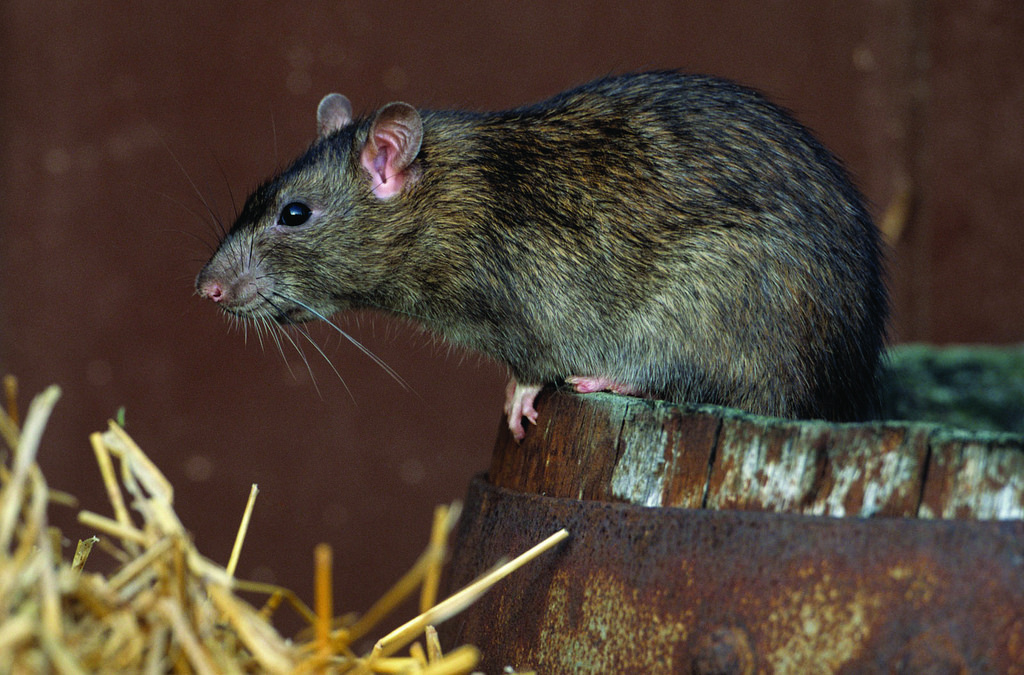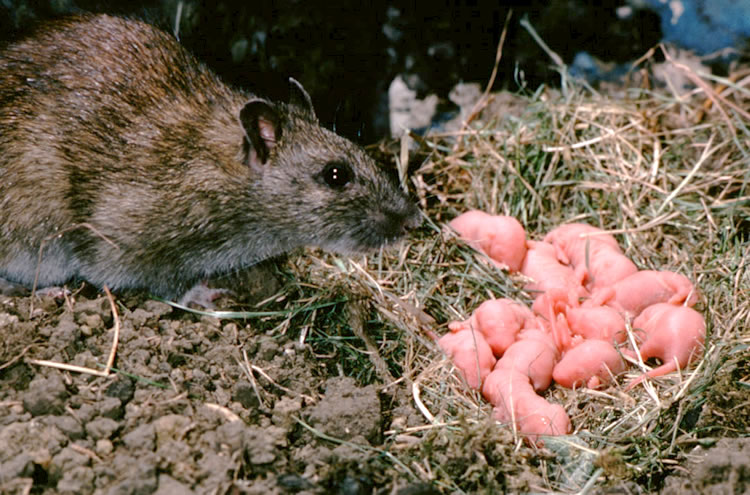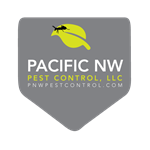There’s been an increase in rats in the Portland area according to wildlife specialist for Oregon State University Extension Service. It could mean there are more rats or it could be evidence that people are providing more habitat.
Rats are drawn to any sort of outside food sources such as pet food, chicken food, bird seed and kitchen scraps in compost piles. Even compost without kitchen scraps provides insects that rats consume, unless the pile is kept hot enough to kill them. If rats get inside the house, they’ll dine on whatever food they find there and look for places to nest and reproduce.

Washington and Oregon is home to both native and non-native rats, the latter sometimes being referred to as Old World rats.
Native to the Orient, Asia Minor, and Siberia, Old World rats were introduced to North America on the ships of the early voyagers. These highly adaptable rats continue to enter new regions on board ships, trains, and trucks carrying freight and other goods around the world. In the Pacific NW, they are now found wherever humans have established permanent residence or industry.
Norway rats average 16 inches in length, which includes the animal’s long, tapering, scaly tail that is slightly shorter than the combined length of the rat’s head and body. Norway rats are grayish-brown in color from top to bottom; white, black, or mottled individuals are occasionally found.
Black rats are similar in length to Norway rats, but are more slender and darker. The tail is longer than the combined length of the head and body. As one of their names implies, roof rats are agile climbers and are found on roofs and in the upper levels of buildings. Preferring saltwater-influenced warmer climates.

Some facts about Rats:
- Roof rats build nests in attics, trees, and overgrown shrubbery or vines. Roof rats rarely dig burrows for living quarters if off-the-ground sites exist.
- Norway rats prefer to nest at or under ground level, and in the lower floors of buildings.
- Rats can have several nest sites. They may spend a week in their primary nest site, and then move for a day or two into an alternate nest site.
- Rats will eat anything humans or livestock will eat, plus many less palatable items including animal droppings, garbage, and other rats.
- Rats living apart from human habitation are know to eat seeds, nuts, and insects, as well as young birds and bird eggs.
- Rats generally live together in a group dominated by a large male that guards a harem of females and aggressively prevents other males from mating.
- Old World rats breed year-round, but reproduction is concentrated in the warmer months.
- A litter of six to ten young are born after a gestation period of about three weeks
In the process of seeking food and shelter, Old World rats can contaminate human or domestic animal food with their droppings, destroy insulation, and create noise in attics, walls, and crawl spaces. Rats also chew on electrical wiring and structural supports in buildings.
Rats are very intelligent and resourceful and using simple rat traps generally do not work. They inspect and avoid things new in the environment. Rats have an amazing ability that once they figure out something has made them sick and they will avoid it in the future.
If you suspect you may have a rat problem, contact us for a free inspection.
Serving Portland & Vancouver With Fast & Affordable Pest Control.

